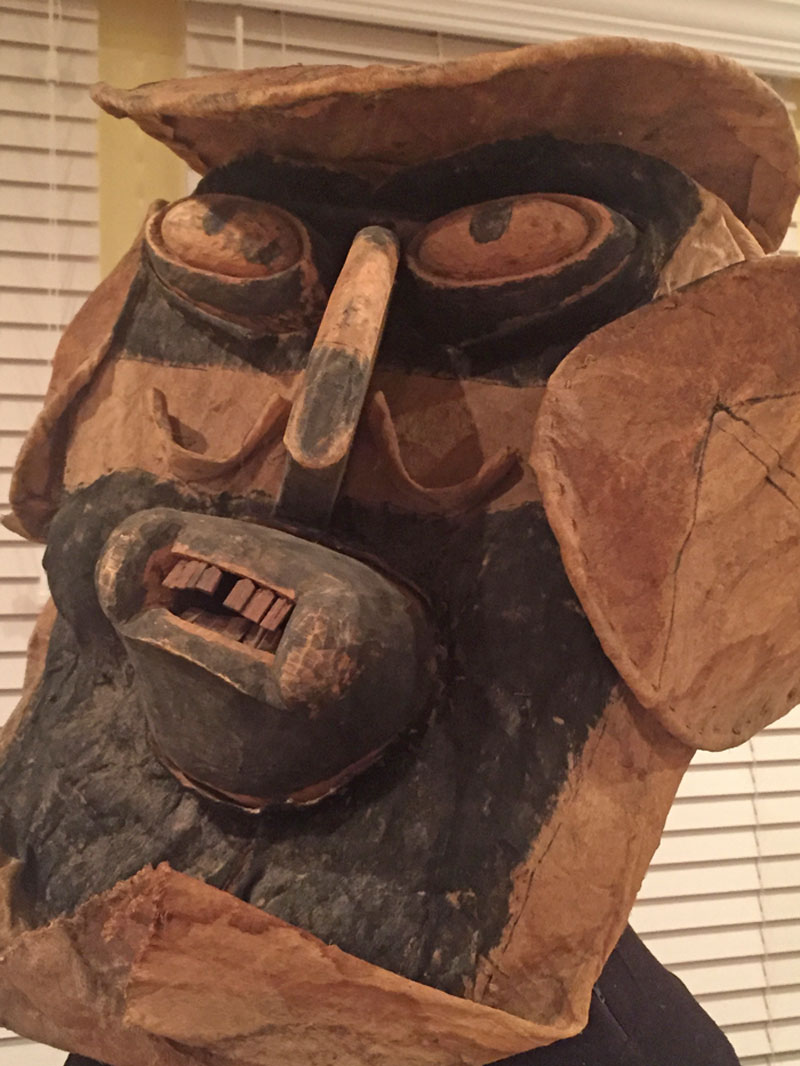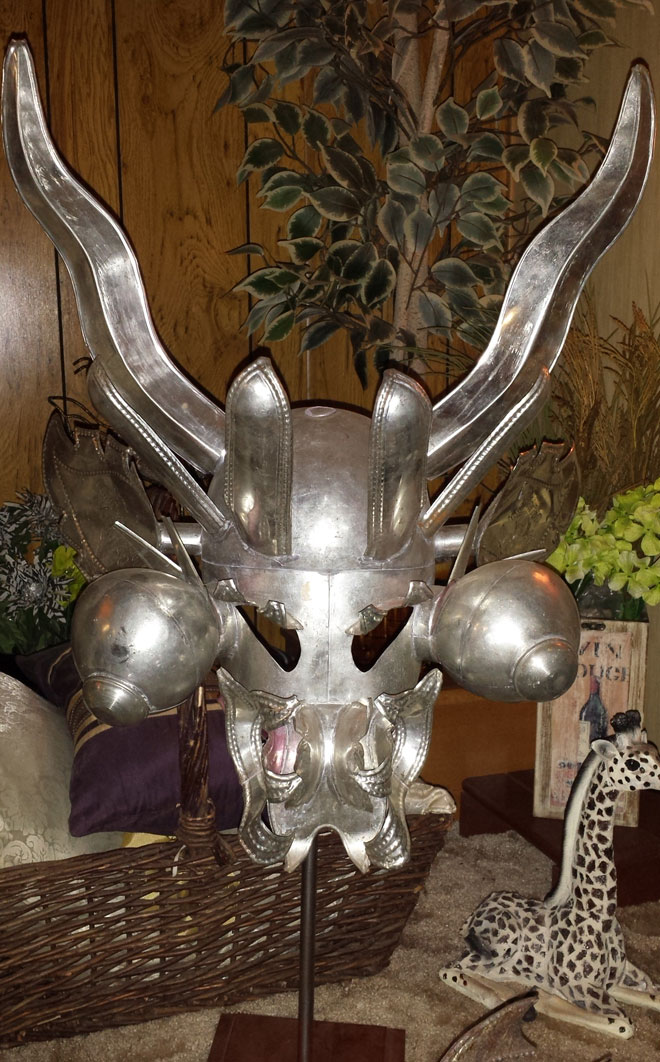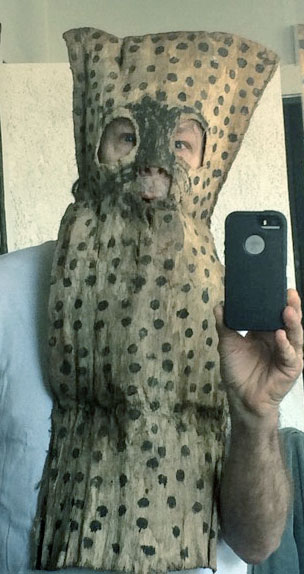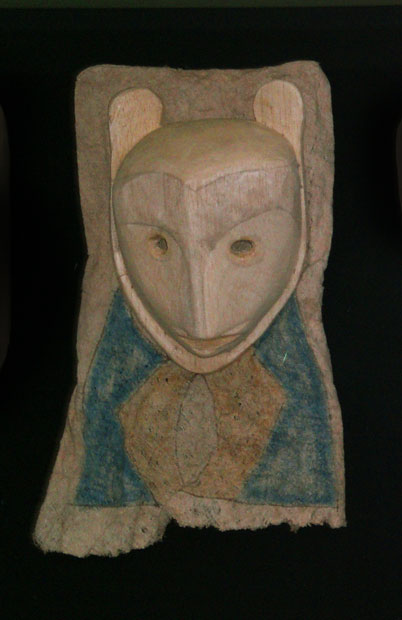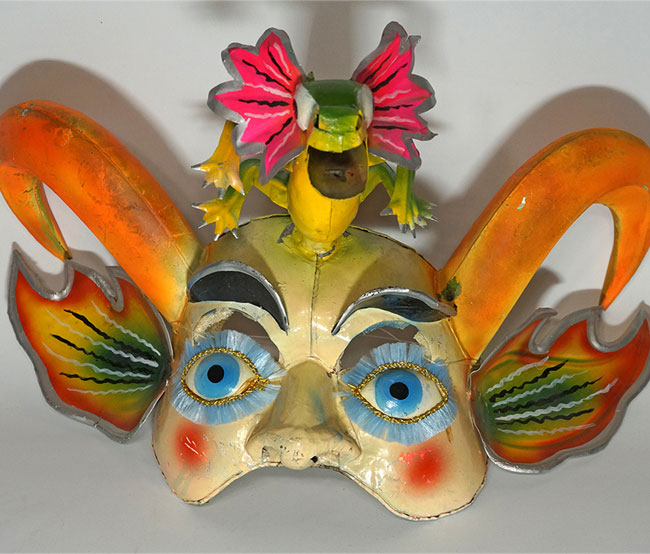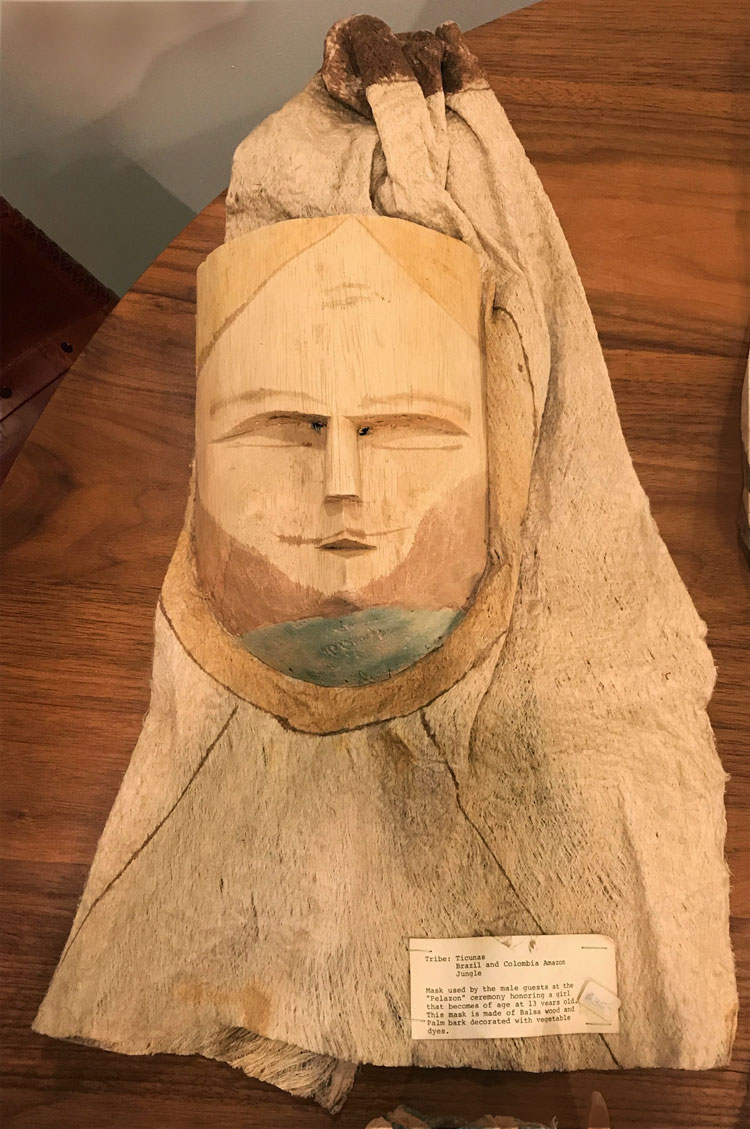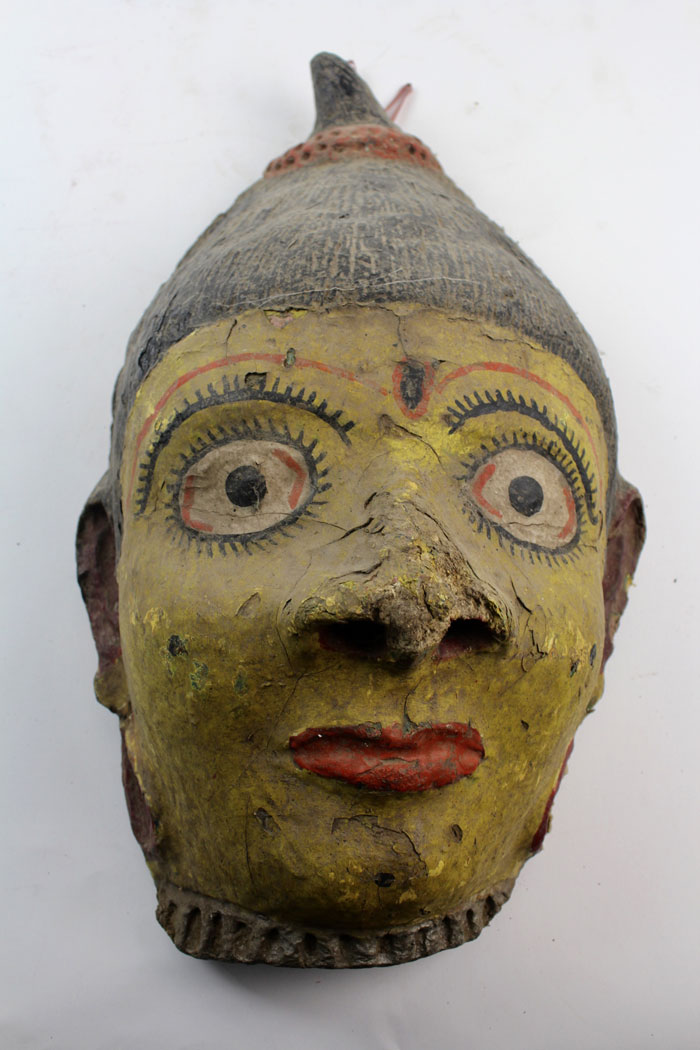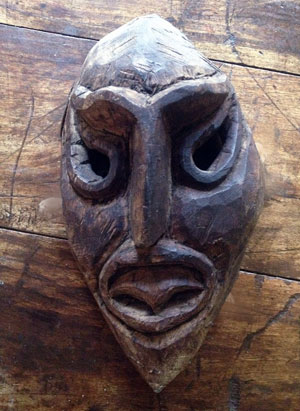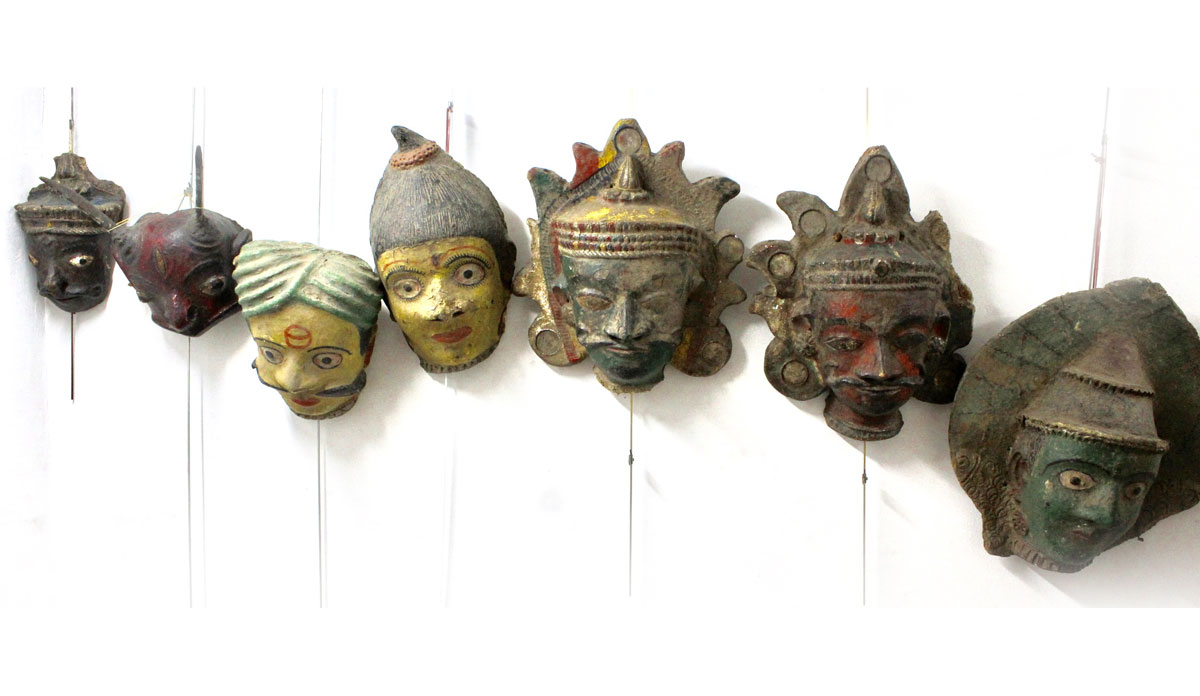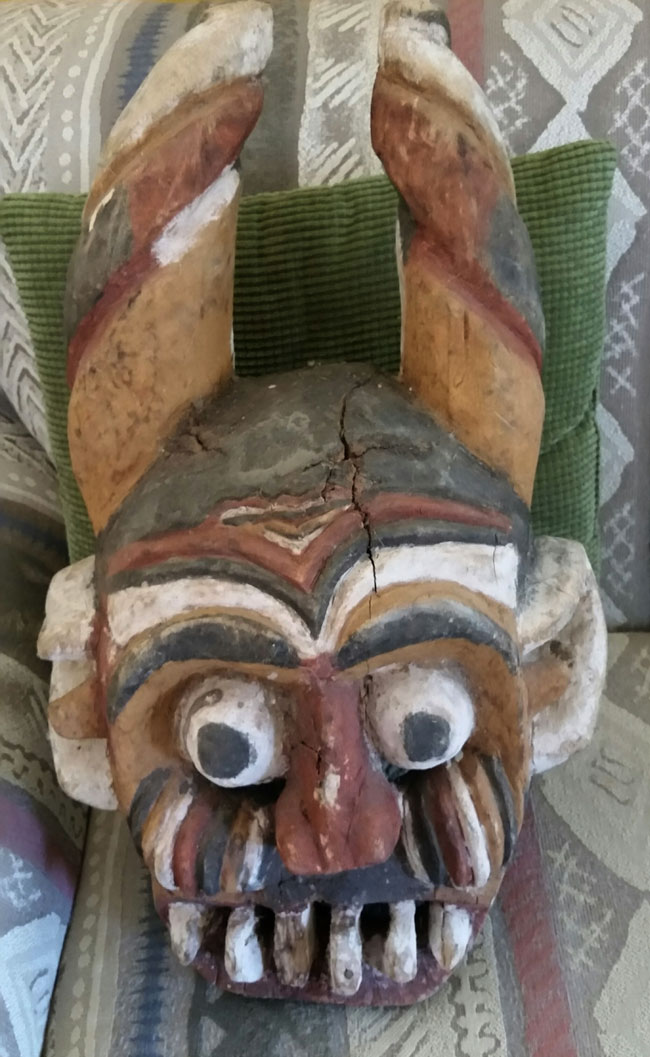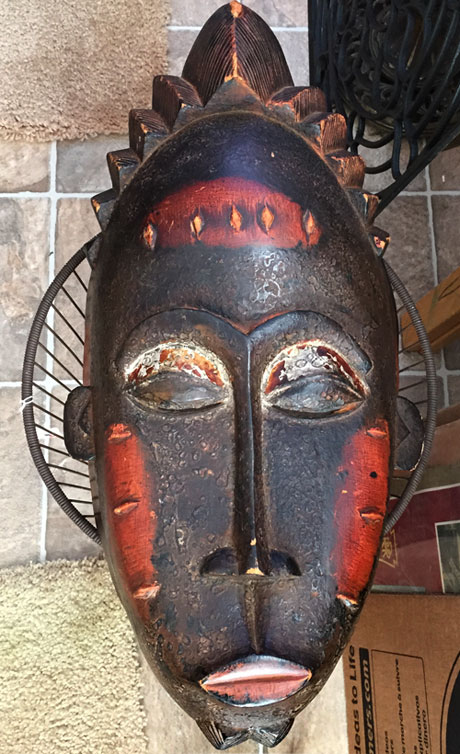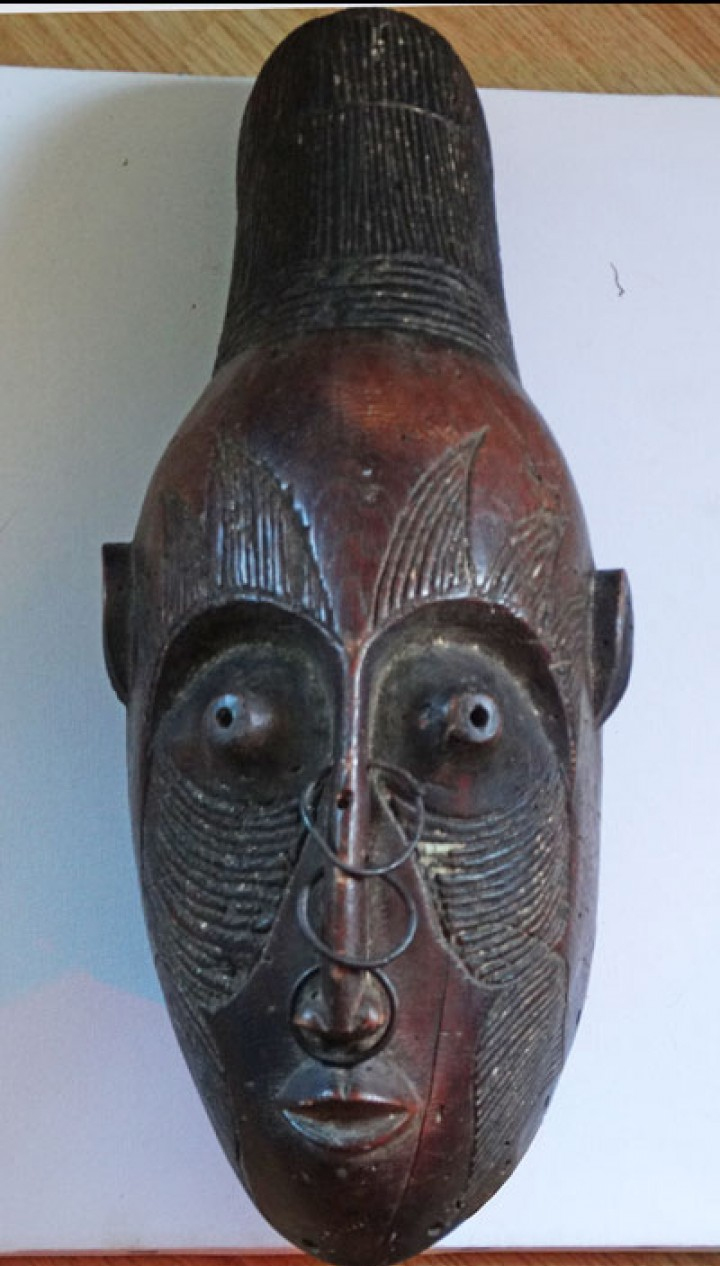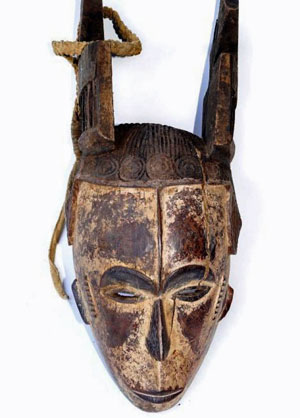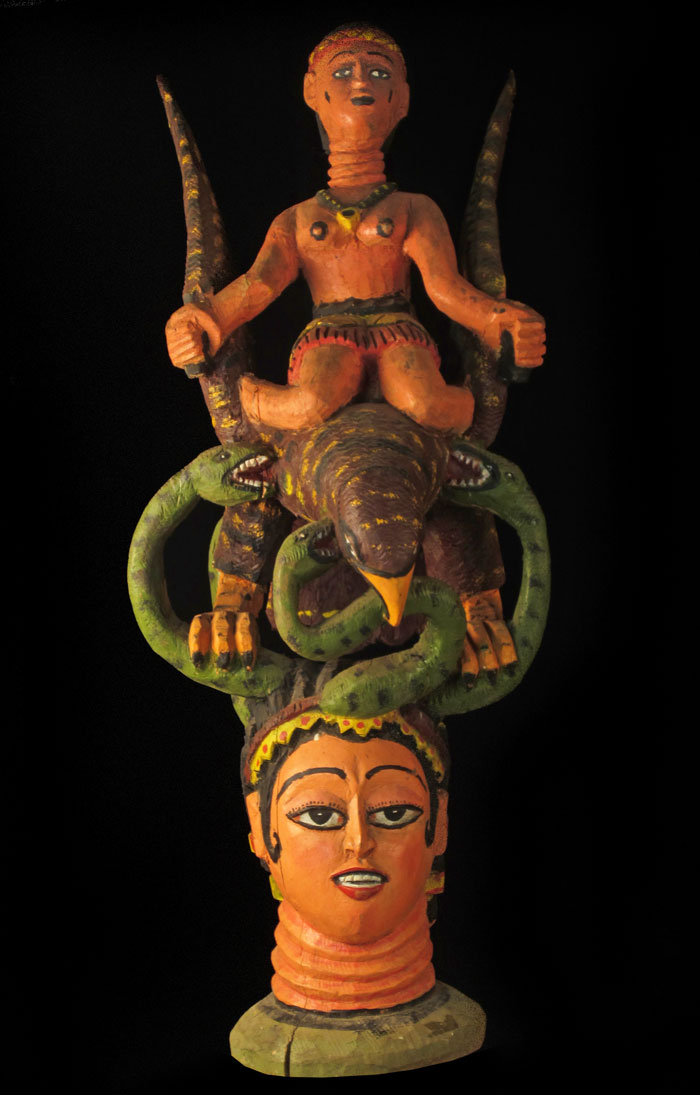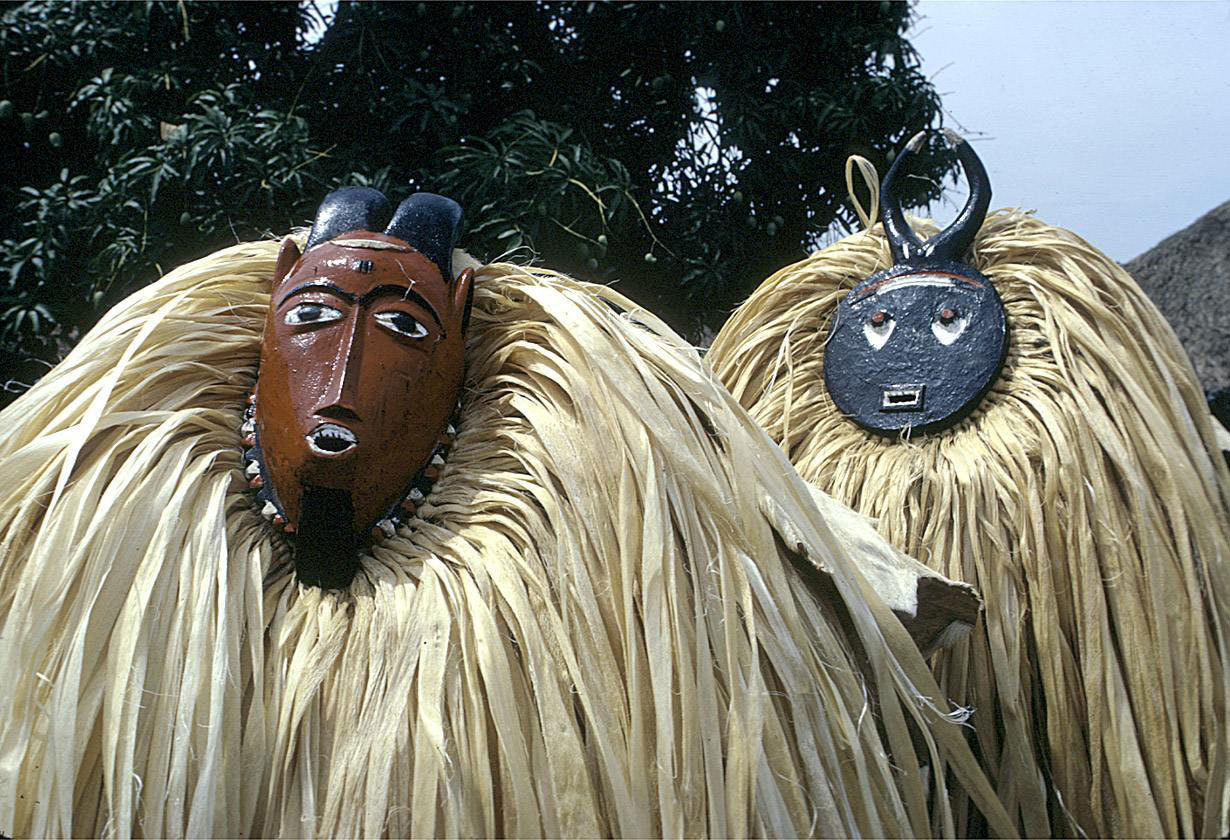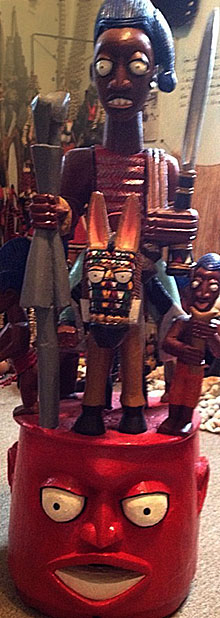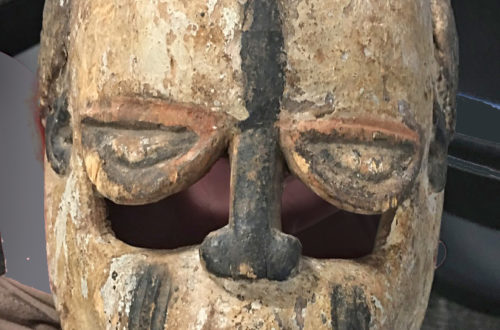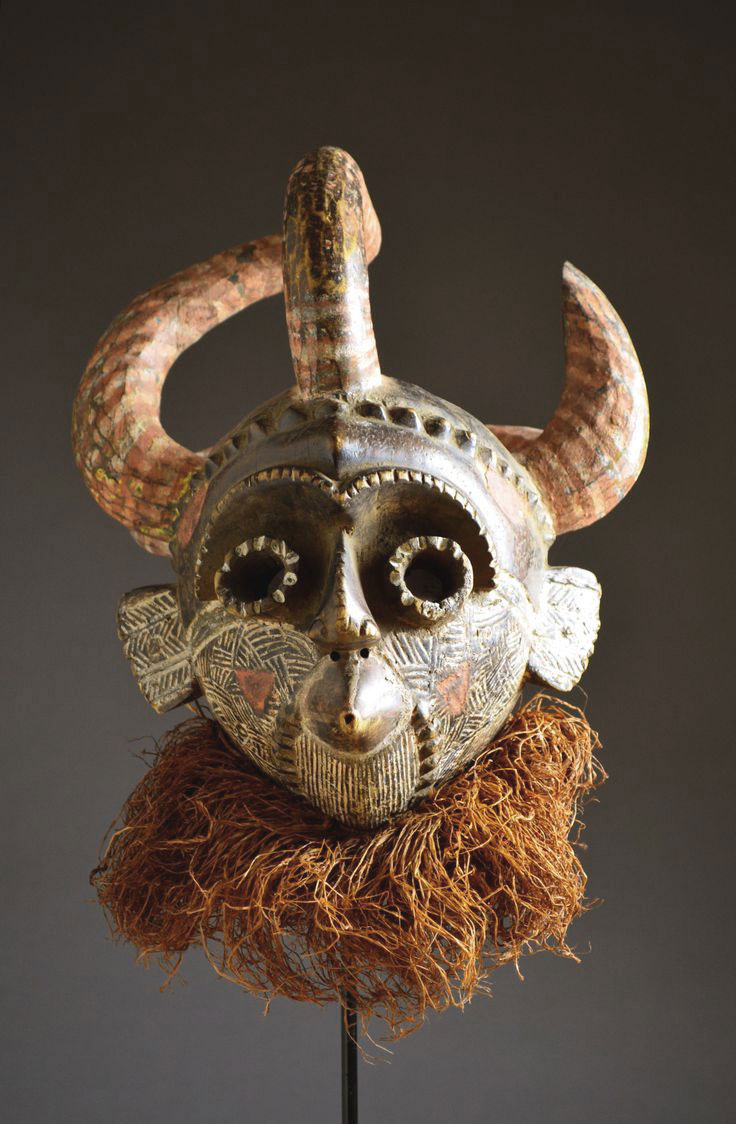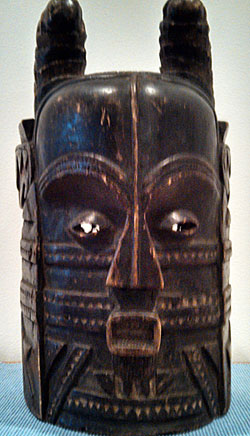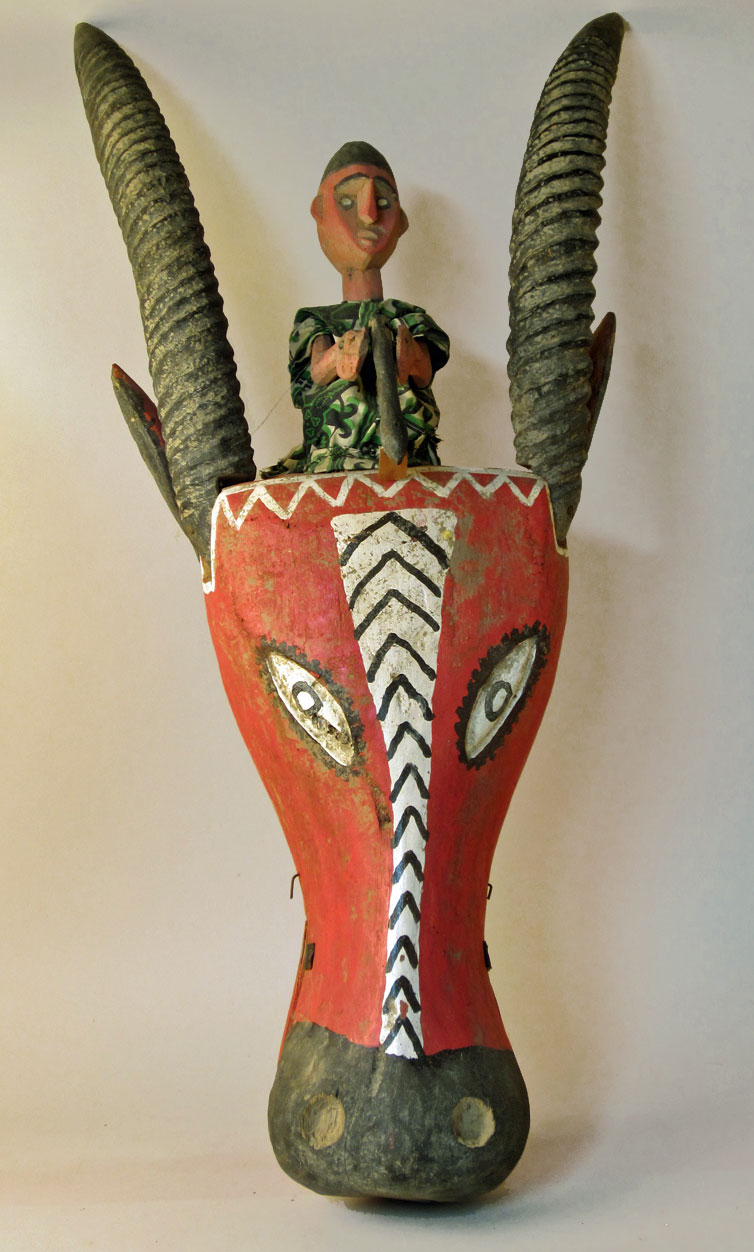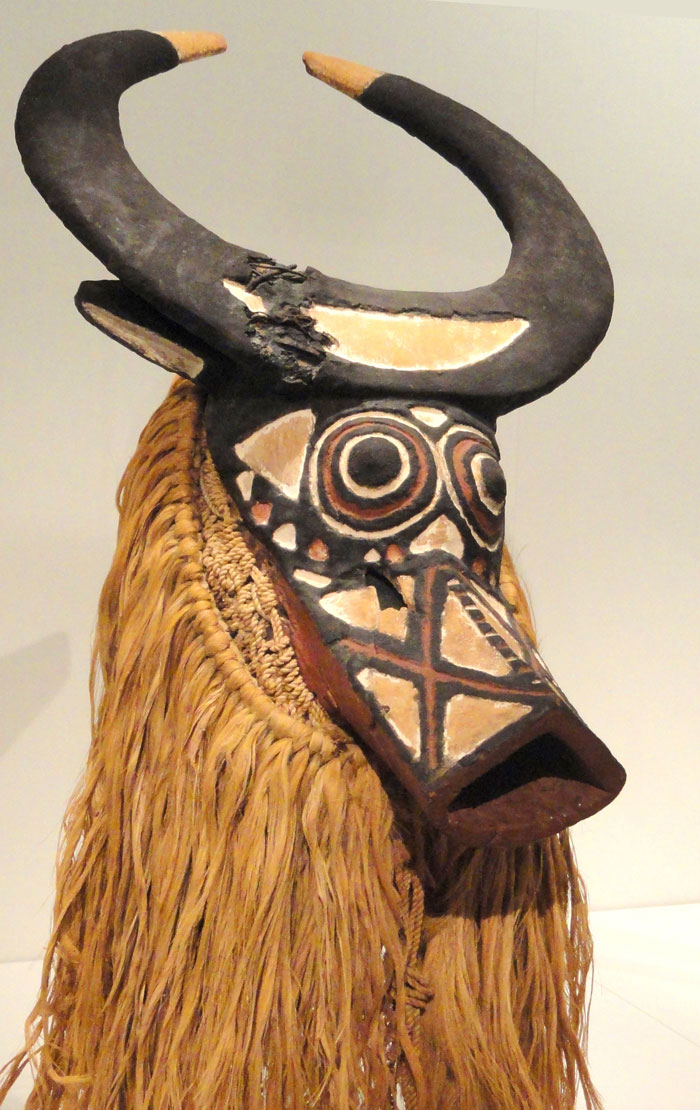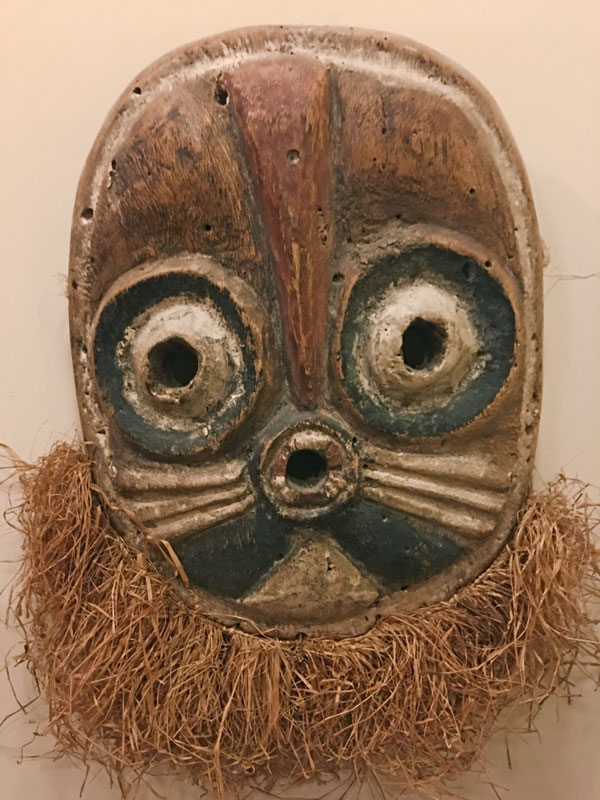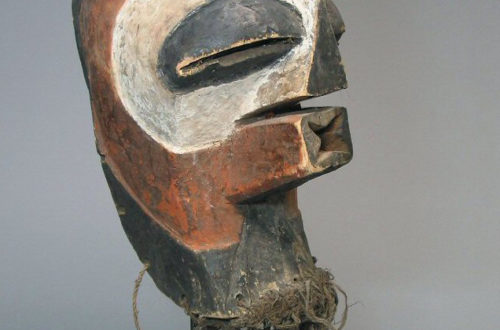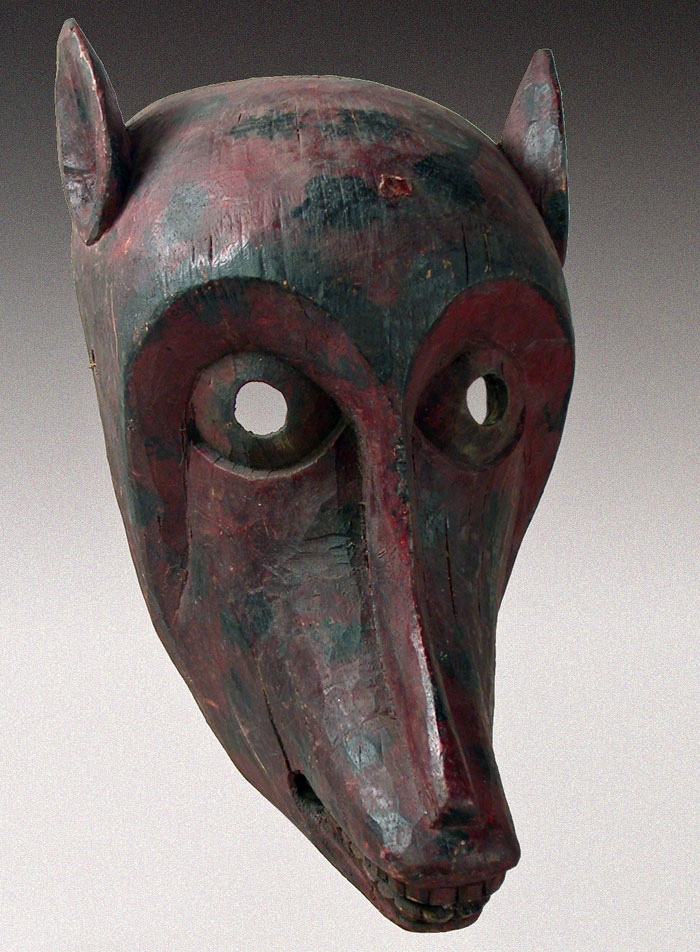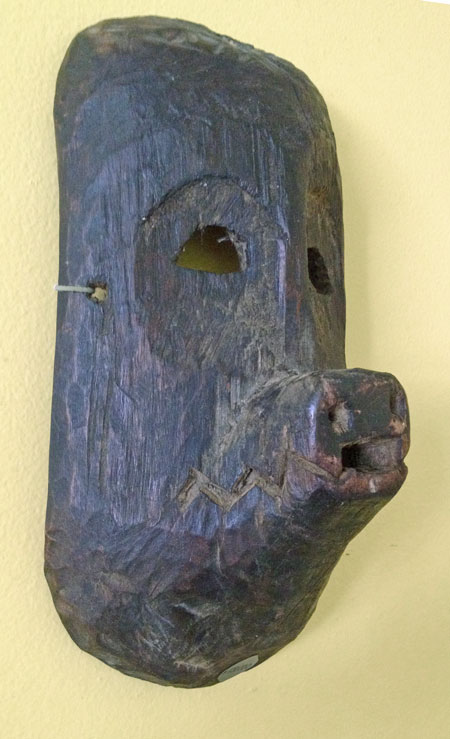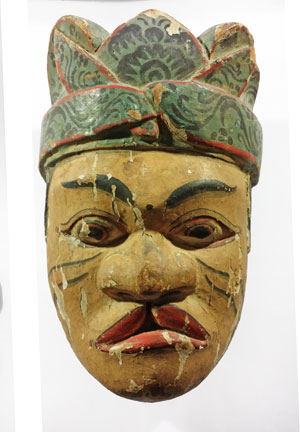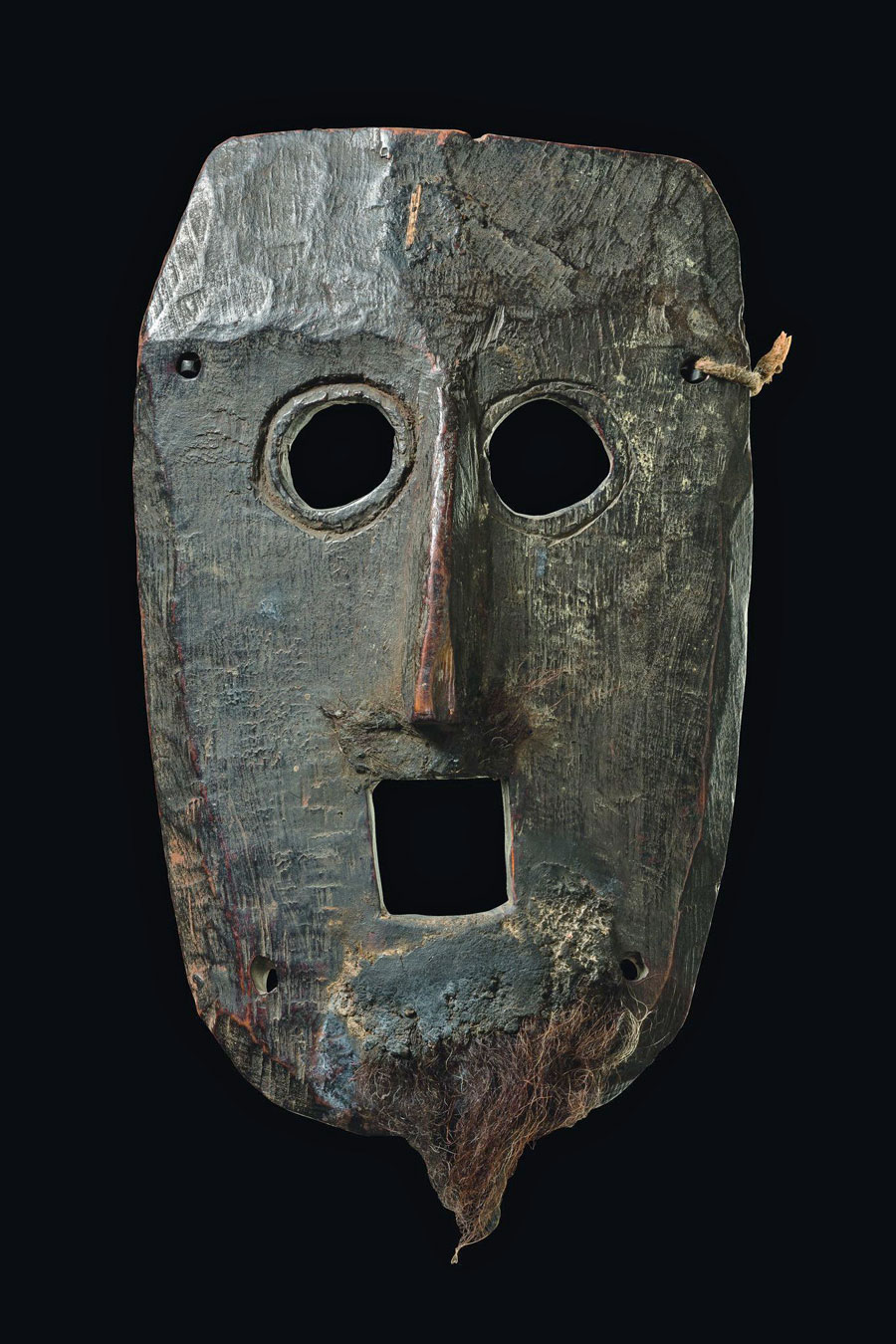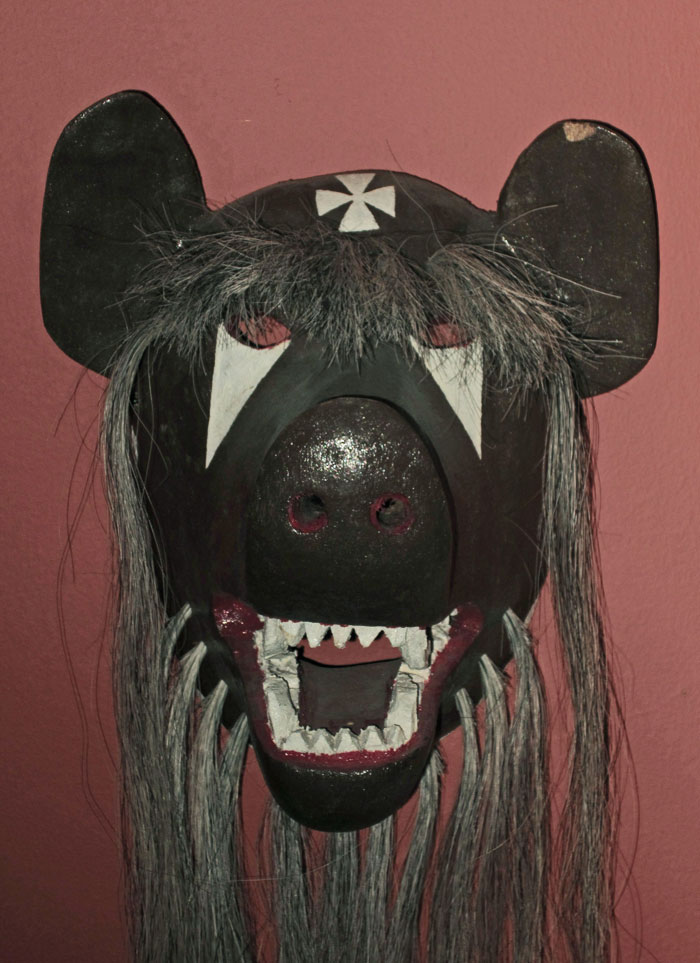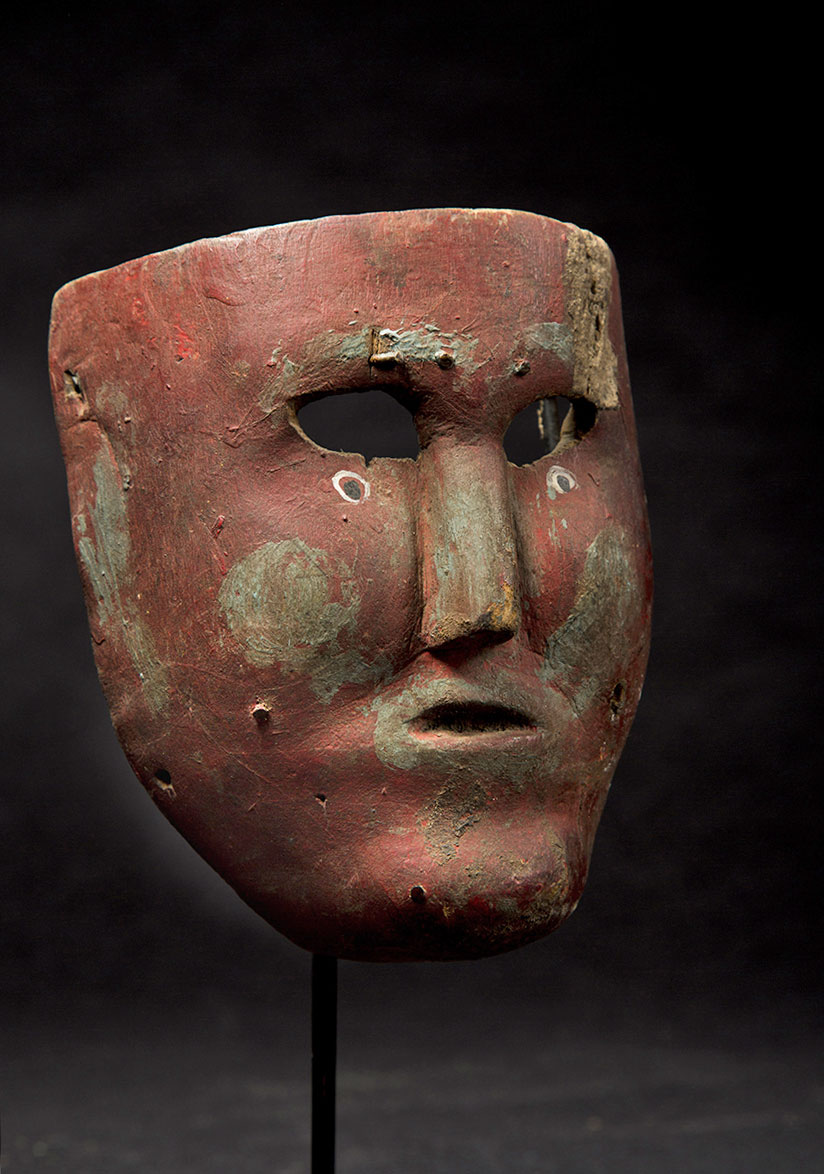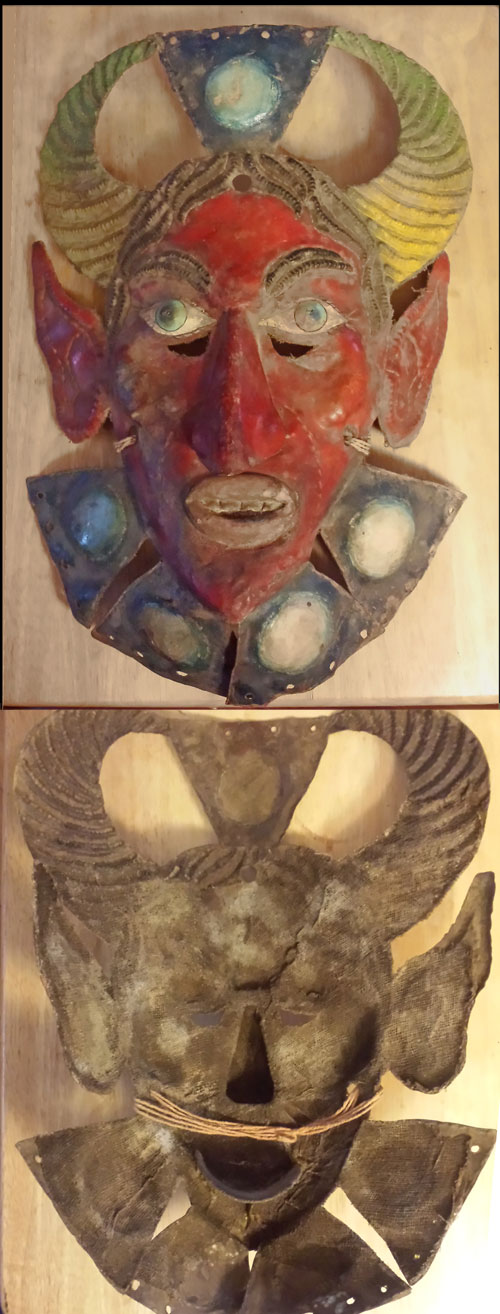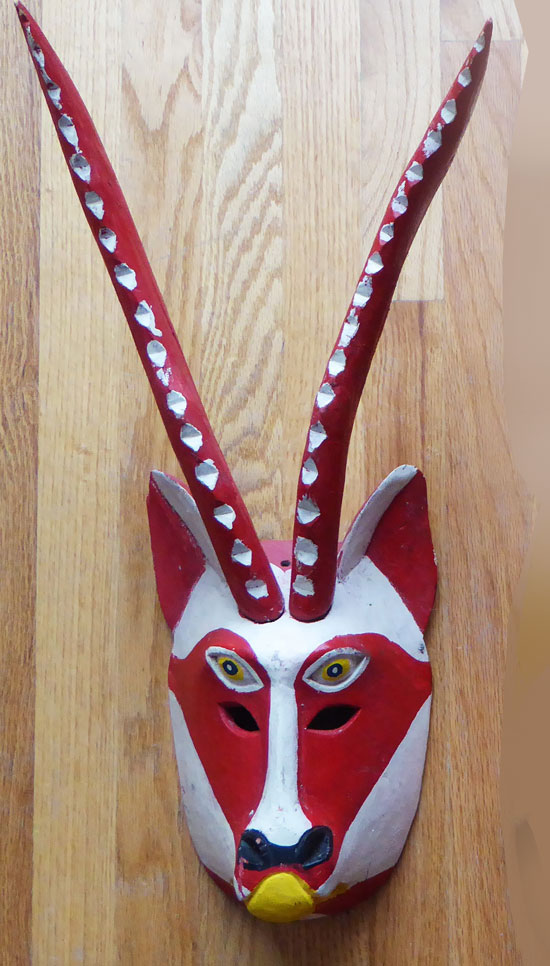Q: Would like to know if you can tell me anything about this mask? Frank, 1151 A: It is a traditional helmet mask made of natural materials by the Tukuna Indians who can be found in the deep rain forest where Peru, Colombia and Brazil come together. Actually, there are over a 100 sparsely located cultures spread out over a large portion of South America’s Amazon area. Unfortunately, these populations are declining rapidly. There is a book called Arts of the Amazon by Barbara Braun, which will tell you more, and includes many beautiful photos of artifacts, including a number of masks. Frank, we enjoyed seeing your photos and are…
-
-
Big time masquerade in Bolivia
Q: Can you send us some pics from your trip to Bolivia? The Mask Man A: Here are 3 that seem to encapsulate it. The two clowns are from the infinitely less elaborate La Paz carnival. They represent the predominant character, Pepino, who is notorious for running around and spraying everyone with canned foam. The other two show the Oruro carnival. One is a nighttime shot of the “Tobas,” a group representing the Incas who in native revisionist history conquered the invading Spaniards. Although the group is called Tobas and composed of both men and women, the masked characters themselves (always men) are called “Chunchos” or “Indios Chunchos.” The third…
-
7 authentic masks from India
Q: We have a set of 7 old masks from India of papier mache. It would be great to know a little more about the origin, time and function. They are from 1920-30. Among the group there are different characters of various sizes. We sent the photograph of one of them. Probably all 7 come from the same dance. Thanks for your help beforehand. Laia, 1149 A: This is a splendid example of an authentic, used mask. Your photos are excellent. I love Indian masks so much I put a large picture of one on the cover of my book, Masks of the World. So I’m going to break the…
-
African tourist mask
Q: I bought this at a art group in Tijeras, New Mexico from a Nigerian fellow that had a bunch of masks. He mentioned where it was from, but I can’t remember. However, I do believe it was West African. I paid $80 for it. He said something about Fertility, and possibly a guardian of some sort. A: This mask certainly looks like it was made in West Africa by a carver who supplies shops and runners like your Nigerian. But I can’t pin it down to a particular tribe or country. It seems to be a mix of several styles. Carved and painted quickly, then distressed to make it…
-
Large headdress from Sierra Leone
MasksoftheWorld.com is mostly about masks. The masks we show and write about have been made to wear over a person’s face for a particular purpose, and in a particular culture. This piece is a little different. It’s a headdress worn on top of the head in Sierra Leone, West Africa. That person would be either Temme or Mende, and a member of the Ode-Lay Society. It would take him some effort– the headdress is 30 inches high and weighs about 8 lbs. There are also real masks that are too small to be worn over the face. Some as small as 2 inches are worn hanging from a necklace or…
-
Rare Samo helmet mask
This piece was acquired in the field around 2001-6, measures 20.5 inches tall, and has some foam cushioning still stuck to the interior for comfort. I just purchased this museum-quality African mask (with a nice stand and written provenance) for a little more than what a big thrift shop would charge. How is that possible? The Samo are a small tribe located in Burkina Faso near the Malian border. Hardly anyone knows about them. Their traditional arts are not in books or museums. As a friend of mine says, the important dealers and auction houses emphasize the authentic carvings from some tribes (Baule, Dogon, Bamana, Yombe, Lega, etc.), but…
-
African owl mask with handle
Q: I hope that you find interest in this discovery of mine from eBay. It measures 14″ high x 7″ wide. I think I paid about $30 for it. I haven’t seen a hand held African owl mask before. This one is rather beat up, and as usual there is no history for it. Fred, 1145 A: I’ve seen owl masks from a lot of places in West and Central (DRC) Africa. I’ve also seen a few masks with handles, but not the two in combination like this one. I hope a reader will help with a comment. I’ll make a wild guess and say it’s from the Bobo…
-
Real masks vs. tourist souvenirs
Here is a traditional African animal mask made by the Bobo people of Burkina Faso. Though it has sustained some damage, I would still be proud to own it. It is quite beautiful and with a little research you could learn about the animal portrayed, the purpose of the ceremony, its anthropology, art history… and more. The three other carvings cannot be identified. They were made to be sold as a souvenirs or as wall art. Tourist masks like this can be fine for decoration. But real masks– the ones that are actually worn in native cultures– are often better looking and always more interesting. Note that two of these…
-
Old Himalayan mask
A large photo of this mask is shown on page 36 of Masks of the World by Ibold and Yohn. The caption reads: Nepal monkey mask – Terai region, Nepal and South Himalayas, 14 inches, painted wood. Represents a monkey or possibly another animal. It is an excellent carving with great aesthetic appeal and rather thin walls. Folk art carvings from the Terai are seldom sculpted this gracefully. I believe there is a treacherous monkey character somewhere in the Ramayama, that very long, ancient epic poem written in the 11th century. The old, used masks of the Himalayas are always interesting. Unfortunately, we still see a great deal of tourist…
-
Yaqui and Mayo Pascola masks
In the states of Sonora and Sinaloa in northwestern Mexico there are two Indian tribes who are well know for their masked performances. I wanted to show you this Yaqui Pascola mask with its short eyebrows, plus a group of 13 similar masks that portray different characters and animals. The ones with long, flowing eyebrows are used by the Mayo who are further south in Sinaloa. I wanted to show you these masks because Pascolas get used a lot on Good Friday (which is today). And because I mentioned in the previous blog that I admire mask collections that focus on one type of mask, a single culture or a…
